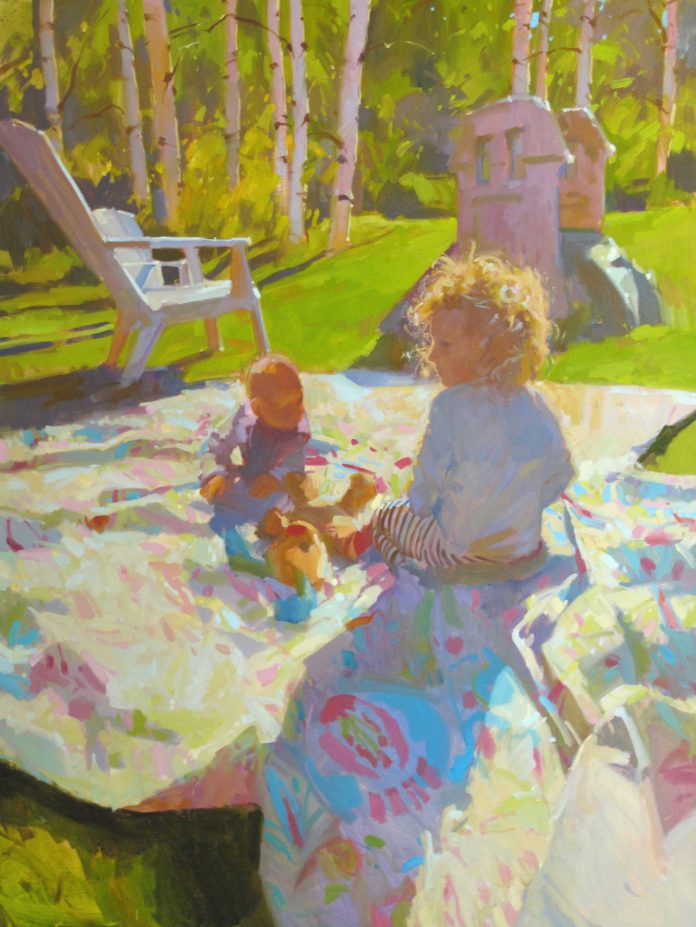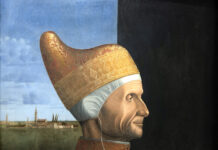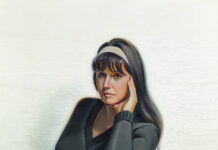Artist and gallery owner Colin Page reflects on how, and why, his art has changed over the years, and his turning point to make more meaningful paintings.
Change of Perspective
BY COLIN PAGE
The best paintings strive to do more than reproduce a scene. The artist aims to express something beyond her reach. It’s that striving which makes her work stand out. The big challenge of painting is to connect a visual idea with the more personal problem of creating something meaningful.
I like to start my workshops with a definition of the word “painterly.” To me “painterly” means showing how much you love your materials by how you handle them. I encourage my students to find ways to apply paint using the inherent characteristics of the material to their advantage, to show how much fun they have through their paint application. I aim to do this in my own paintings, but I also hope to transcend the materials, to leave something of myself in each painting.
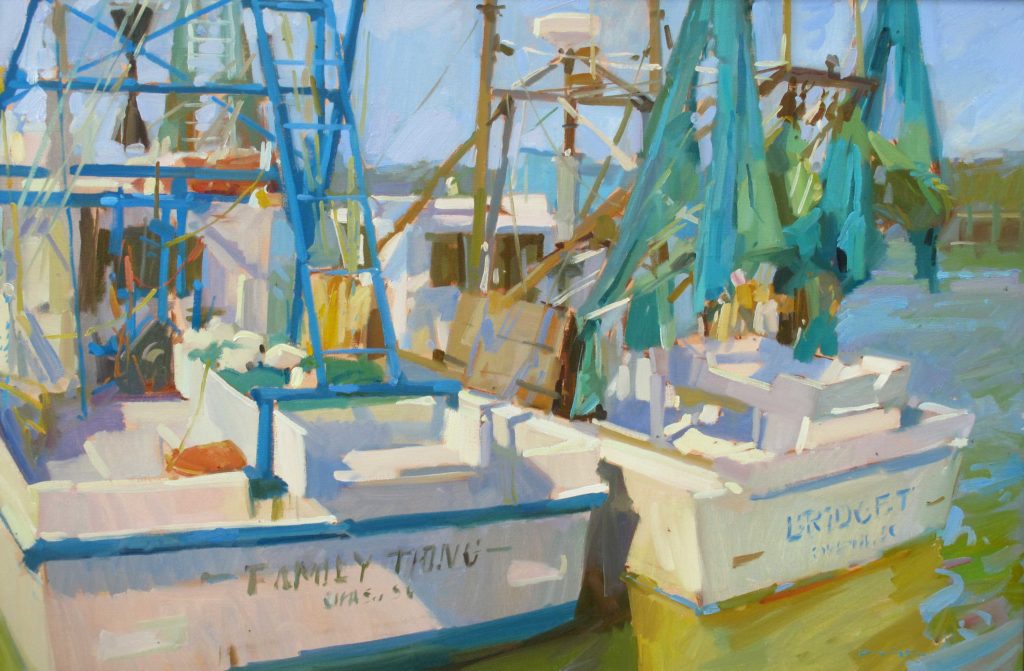
For many years I focused on the more formal aspects of painting. I wanted to make striking images with gestural brushwork and rich color. Eventually I found myself falling into a rut. I didn’t feel as attached to my work, and I wasn’t as inspired by the paintings I made. I wanted to do something to push my work further, but wondered how I could do that. When could I find the time to explore? What risks did I want to take?
I needed to make more meaningful paintings.
A few years ago my wife delivered our first daughter, and I watched her endure a long labor and delivery. It’s the most impressive thing I have seen anyone do, and participating in that moment moved me beyond belief. It was amazing to watch her go through such a powerful experience, and come out of it with our brand new baby. It made me want to be better in everything I do, particularly my artwork.
When the dust settled, I knew I had to quit avoiding the difficult questions about my paintings. I wanted my paintings to be about something more. I wanted to take more risks playing with abstraction in my paint handling. I wanted to make more personal work, and to paint more about my life. I wanted to paint larger and get lost in the process of a big painting for a few months, or even years. I wanted to develop a deeper relationship with each image.

I started by incorporating more of the abstraction that I have always loved in others’ work. I tend to paint representationally, but try to drop the idea that there’s a difference between realism and abstraction. All painting involves a certain amount of abstraction. The three-dimensional world must be flattened onto a two-dimensional canvas. This act of simplification is inherent in all painting. We simplify the world into shapes of color with varying characters of edge and opacity.
Allowing more abstraction means more freedom to create visual harmonies and rhythms. It means letting the brush dance and play on the surface of the canvas. In my mind, much of the poetry of painting can be found in the less-defined areas. The unanswered questions allow the viewer to complete the image. At its best, the paint will suggest an idea rather than illustrate it. A painterly brushstroke is a suggestion, which asks the viewer to participate in defining the image. A painterly stroke tells us what the artist thought was most important about the scene.
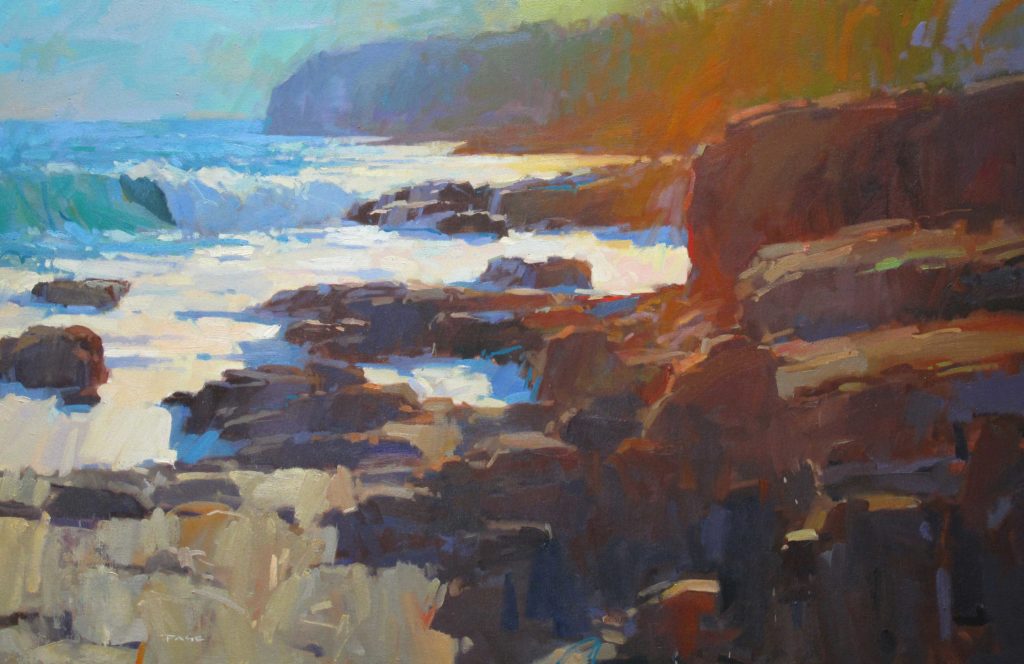
Ken Kewley described a painterly approach when he wrote, “I tend to like paintings where the abstraction is strong. Going towards abstraction does not mean going away from representation. It is more like describing something real by other means than illustration. It is like describing an apple with your hands, forming the shape in the air . . . by enclosing an imaginary object with two hands. You do not try to make your hand look like an apple. Paint takes over the role of the hands and does not hide the fact that it is paint. Painting is talking with the hands made permanent.”
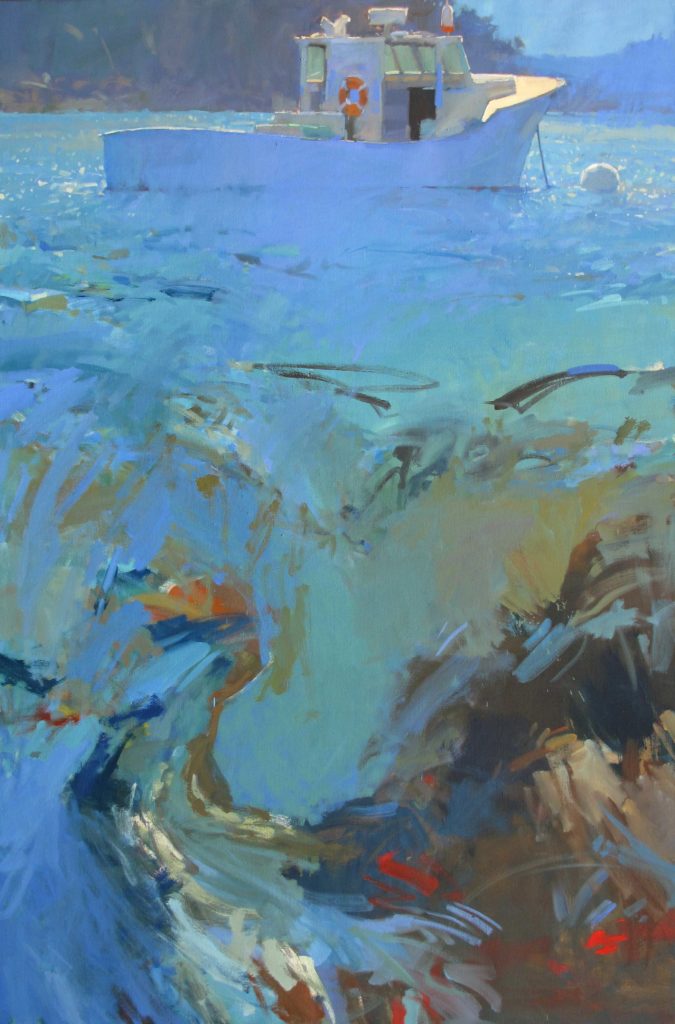
My subject matter is also evolving. I’m making more paintings about my immediate family. I watch my children discover the world with amazement. They remind me that the world is full of beauty, even in the simple things. I experience the seasons as part of a family, and I see the fun that my children have. I see them develop an interest in nature, and wonder at the new things they see.
I get to relive the joy of childhood through my daughters. I want to paint with that joy, whether through landscape, seascape, still life, or figures. A painting of discarded toys in the front yard says as much about my girls as a scene of them running around together. Their impact reverberates through everything in my life, and I welcome that influence in my artwork.
I’m hardly the first painter to be affected by parenthood, or the first father to be so deeply affected by the birth of his children. Despite this, I welcome the depth fatherhood brings to my life and paintings. I want to paint images about my family with a sincere love that can be deeply felt and honestly portrayed, hopefully without being overly sweet or saccharine.
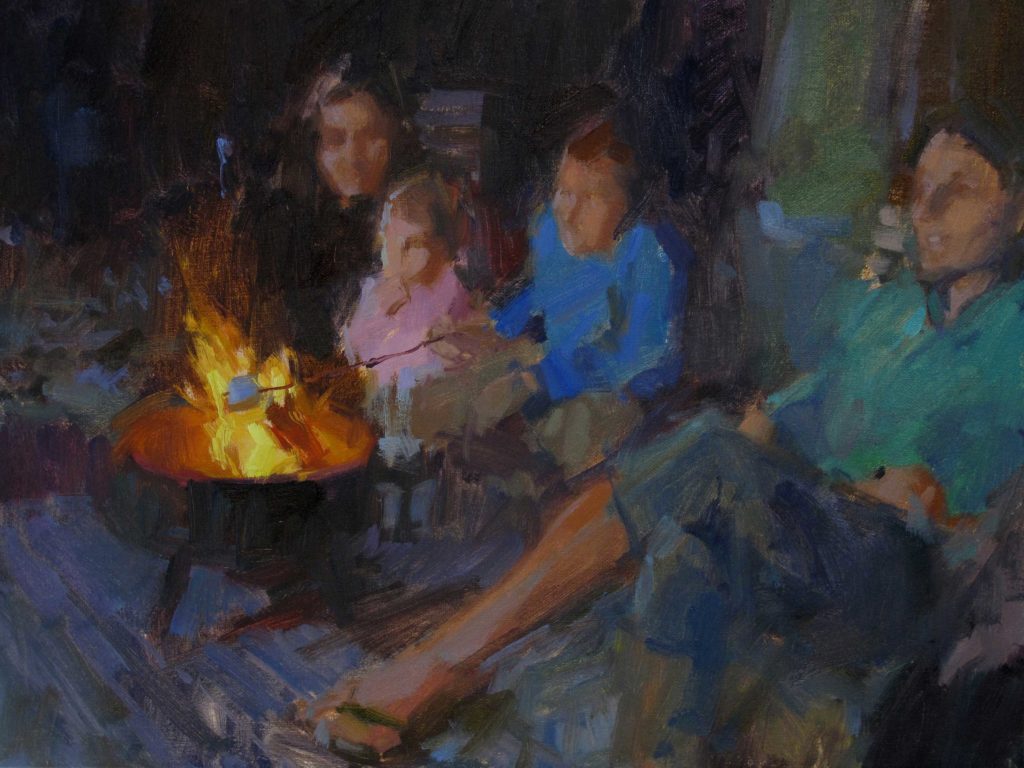
Paintings of my family are more difficult. The viewer creates their own relationship with figures in a painting, and I have to consider how the figures within the scene are relating to each other, the viewer, and their environment. I like painting my daughters outdoors, experiencing nature and each other. I want to paint their personalities, and also my deep affection for them.
A big change in my schedule was giving up some work time to be with my kids. It’s been a good reminder that I need to get out of the studio and live my life, so I have something to paint about. It’s inspiring to experience a summer day at the lake through the eyes of my kids, to watch them run around through piles of leaves in the fall, or splash in puddles. Every day is an adventure. I want my paintings of them to be an expression of my love for them, and a reminder of childhood joy.
I still love painting outdoors and working fast, but I don’t want to get pigeonholed as a plein air painter, or an impressionist, or a landscape painter. My work is still about light in the landscape, but it’s a landscape seen through the eyes of a father.
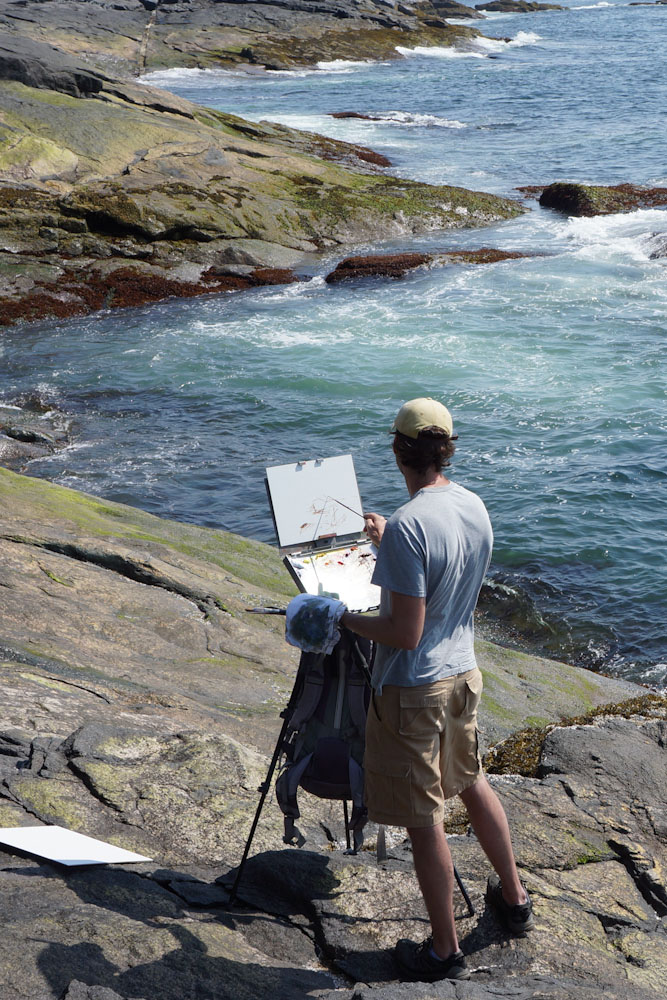
I paint my life and interests, and focus on the craft. With constant painting, I find my own path. I’ve never believed in waiting for inspiration. I’m lucky to have found painting, and ’m incredibly lucky to do it for a living. One thing I know for sure is that I need to paint through the bad days, along with the good. My best paintings show up when I least expect them. The best way for inspiration to find me is to be standing at the easel working.
I paint from photos, from direct observation, and from my imagination. There are no rules about what style I paint in, or whether or not I fit in to a particular category. I don’t want to get stuck in anyone’s idea of what I should do, least of all my own. Labels are limiting, so I just say I’m a painter. My content is my life experiences. My paintings are me.
Learn more about Colin Page at: www.colinpagepaintings.com, and visit Page Gallery in Camden, Maine.
> Visit EricRhoads.com to learn about more opportunities for artists and art collectors, including retreats, international art trips, art conventions, and more.
> Sign up to receive Fine Art Today, our free weekly e-newsletter
> Subscribe to Fine Art Connoisseur magazine, so you never miss an issue

